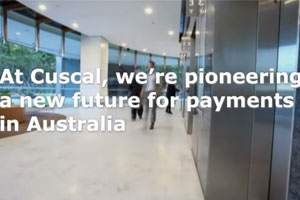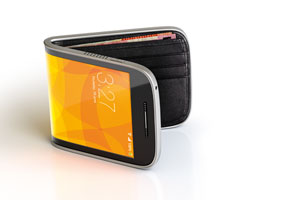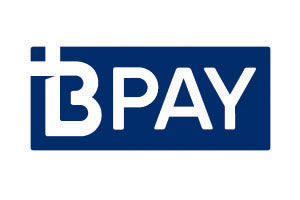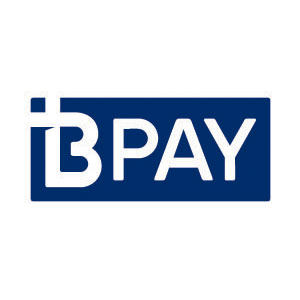
When Charles Darwin developed his theories on evolution and natural selection, he probably didn’t imagine that they would one day be applied to aspects of life outside the natural world. Yet the reality is that just like living creatures, man-made devices often need to evolve to survive. That’s certainly true of Australia’s ATMs. Although our nation’s cash-dispensing machines have remained largely the same throughout their history, in today’s increasingly competitive environment they need to change to stay relevant. In fact, unless they evolve into more sophisticated and useful devices, their survival could be at stake.
Back in 1977 when the first ATM was installed in Australia at the Queensland Teachers’ Credit Union in Brisbane, its purpose was as straightforward as it was singular. Just like the tens of thousands of machines that would eventually follow it, it was designed to dispense cash, thus giving customers an alternative to visiting their bank’s local branch to withdraw funds. In the years since, the number of ATMs across Australia has steadily risen, and today there are more than 31,500 terminals across the country.
Yet despite their proliferation, in recent years new “predators” have arrived on the scene that have rendered traditional ATMs less useful and thus threatened their existence. These days, for example, thanks to the rise of contactless transactions it’s easier than ever to make purchases without cash. And, when you do need or want cash, you no longer have to rely on ATMs or in-person visits to your bank to get it. Instead, you can now readily get cash back as part of your transactions at your regular grocery store or service station.
Not surprisingly, conveniences like these have led to a decline in the use of traditional ATMs. In fact, withdrawals from ATMs are currently at their lowest level in a decade, with less than 60 million transactions per month. At the same time, however, the costs associated with running ATM networks continue to rise. Plus, the revenue streams they create are now just a fraction of what they were prior to the 2009 legislation that introduced direct charging.
Faced with challenges like these, it would be easy to conclude that ATMs are on the verge of going extinct. The reality, however, is that much like cash, Australia’s ATMs aren’t going away any time soon because they remain a critical part of our banking system. That said, however, you can and should expect to see traditional ATMs giving way to a new generation of machines with the increased security and functionality they need to stay relevant in today’s rapidly evolving banking environment.
The future of ATMs
For ATMs to continue to play an important role in banking, they need to be capable of more than just the withdrawals they handle today. In fact, they need to offer a new array of functionality that helps to ensure that they’re not only compliant and secure, but that they are also far more useful and convenient for customers. For example, the next generation of ATMs needs to offer functionality such as:
- Intelligent deposits that allow customers to make cash and cheque deposits that are otherwise only possible by visiting a teller.
- Favorites that keep track of customers’ preferred transactions (e.g. withdraw $100 from savings, print a receipt) and make them available as default services that can be accessed at the click of a button.
- Nearest ATM capabilities that show customers where the next closest ATM is located if their normal ATM breaks down.
- Contactless and cardless transactions that create a more efficient, hassle-free customer experience and are aligned with the growth of mobile banking.
- The ability to have receipts e-mailed to you rather than having them printed out.
- Foreign language capabilities so that customers can interact with the ATM in their native language.
As a financial institution, the bottom line is that for your ATMs to survive and remain a source of revenue, they need to evolve from traditional cash-dispensing machines into multi-functional, self-service portals that customers can use to meet a much wider array of their banking needs.
Sharing the load
As ATM usage continues to decline and the cost of providing an evolved, fully-featured ATM increases margins will grow ever tighter and more and more financial institutions will question the financial viability of running their own ATM networks. This is likely to result in financial institutions being more willing to ‘share’ their ATM networks with each other. These shared networks will make ‘hard branding’ of physical ATMs (colour schemes and logos) more difficult but they will be able to overcome this with ‘softer branding’ through personalised digital experiences when customers identify themselves. Networks like the rediATM scheme were created to fill this need.
An evolutionary advantage
For today’s financial institutions, there’s an economic benefit to be gained by installing smarter ATMs. By reducing the frequency at which customers need to visit tellers for basic transactions, for example, these institutions can reduce staff. Alternatively, they can ensure that their staff spend more of their time engaged in higher value transactions, including cross-selling other products.
While foot traffic will always remain important to some financial institutions, allowing staff to dedicate more time adding value to their customers’ banking experience is a goal that every financial institution has in common. Embracing the evolution of ATMs into smarter and more helpful devices can be an important step towards making that happen.
 The New Payments Platform (NPP) will be arriving in 2017 and will be a catalyst for fundamental change in the way financial institutions, businesses and everyday people make payments.
The New Payments Platform (NPP) will be arriving in 2017 and will be a catalyst for fundamental change in the way financial institutions, businesses and everyday people make payments.



 e announcement just before Christmas that Android Pay will arrive in Australia in early 2016 is big news for payments, but it’s also another significant step that’s slowly, but inevitably, taking
e announcement just before Christmas that Android Pay will arrive in Australia in early 2016 is big news for payments, but it’s also another significant step that’s slowly, but inevitably, taking 




 As we race towards the launch of the
As we race towards the launch of the 




